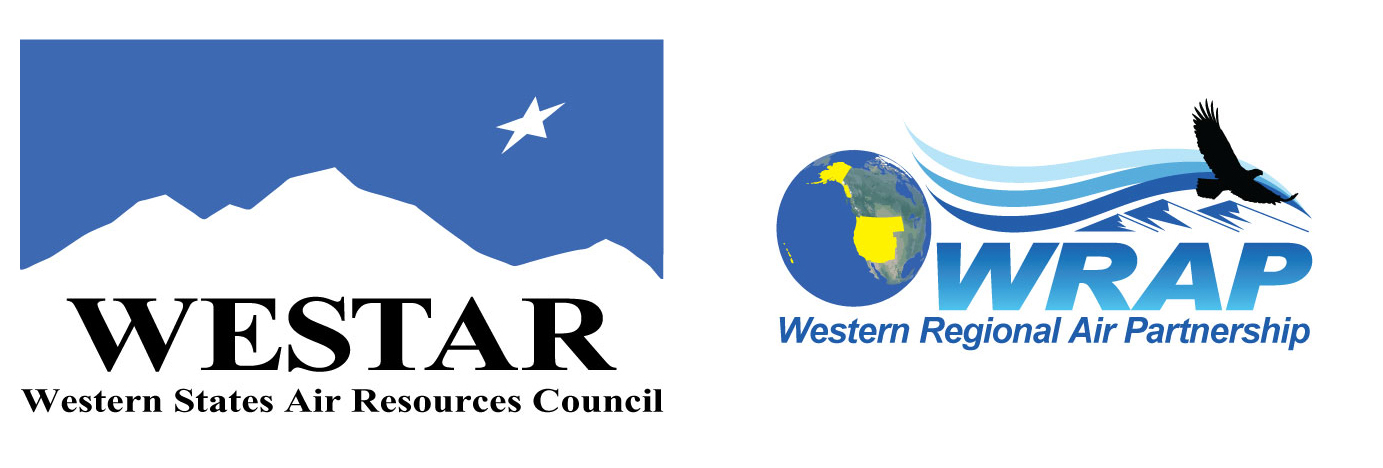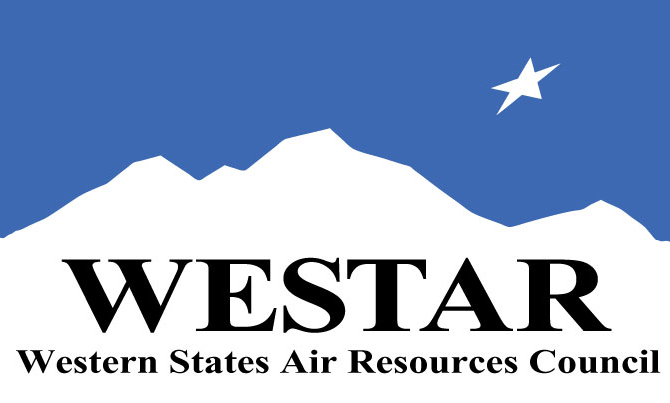COURSE DESCRIPTION: This course presents a comprehensive overview of fugitive dust emissions and controls. The course includes the how, what, where and health impacts of particulate matter and the problem that fugitive dust presents. The course also discusses the rules and regulations that have been adopted by some agencies to control fugitive dust and the methods that are used to determine compliance with and/or violations of these regulations.
TARGET AUDIENCE: Planning and rulemaking staff who may be dealing with statewide or regional particulate matter rule development or attainment issues or who are developing responses to site-specific fugitive dust emissions. Also permit writers and inspectors dealing with operations that generate fugitive dust, such as construction activities, aggregate, concrete, cement, asphalt and mining operations and activities with vehicle traffic on unpaved surfaces.
LEARNING OBJECTIVES: After completion of this one-day course, learners will be able to understand how fugitive dust is determined and regulated and explain fugitive dust control in the context of the following topics:
- Health effects of particulate matter (PM10) pollution
- Fugitive dust sources
- Dust control measures
- Fugitive dust rules and regulations
- Dust control plans
- Visible dust emissions and test methods
SPACE LIMITATION: Registration is limited to 30 attendees. Air quality staff from the fifteen western states receive registration preference.
REGISTRATION FEES: There are no registration fees for state, local or tribal air quality agency staff. For federal employees the registration fees are $100.
WESTAR’s funding and mission limit attendance at WESTAR’s educational opportunities to staff from government air pollution control agencies.
To Register log onto EPA’s AirKnowledge




